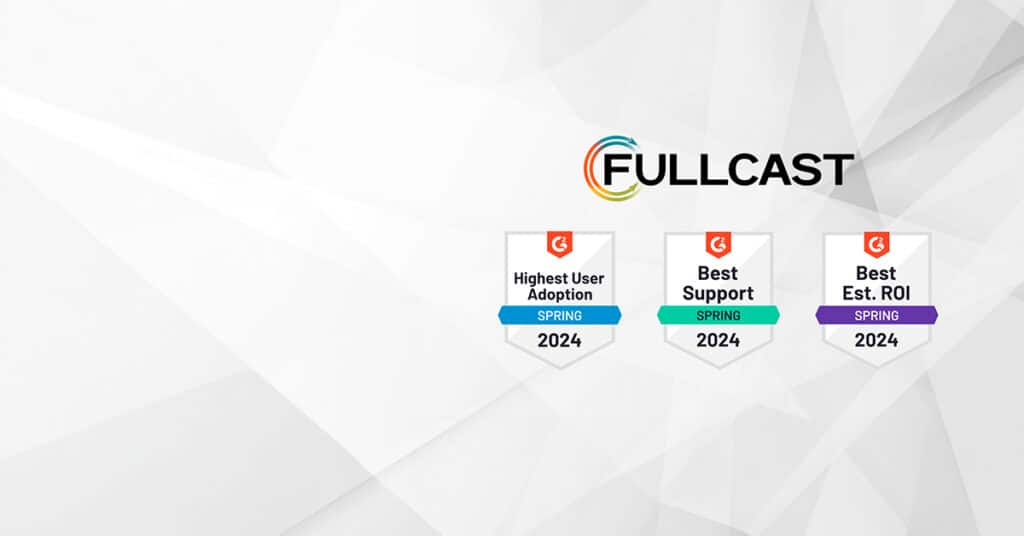How does your sales organization compare to the very best? The world’s highest-performing sales organizations consistently meet or beat quarterly sales targets. Companies like Microsoft, Salesforce and Amazon set goals, give guidance to the street and then make it happen like clockwork. These companies are often called “execution machines.”
Consistent sales success is not an accident. If you could go behind the scenes at the world’s most successful sales organizations, you would see finely honed processes tracked by countless spreadsheets, and an army of people creating and studying sales operations metrics: weighted pipeline for products/geographies, net revenue after acquisition/retention, customer acquisition cost and many more. Most companies, however, don’t have the luxury of hiring the extensive staff required to shine the light of transparency on revenue operations. They manage sales using tools and techniques that have been used for decades: spreadsheets and static planning.
What is static territory planning?
Territory Planning usually starts in the boardroom. Sometime mid-year, the management team, in consultation with the board and shareholders, dictates a revenue target for the upcoming year. However realistic or optimistic that number may be, the CRO runs with it. Knowing from experience that only about half of sales representatives make their number, the CRO pads the goal and plans for execution toward this new, inflated objective.
How is static territory planning done?
Once tops-down numbers are established, thus begins the familiar (somewhat scorned) process of Territory Planning. Accounts are exported into a spreadsheet and manually cross-referenced with hastily formed metrics. Revenue operations has a rough idea of headcount, so they manually match people to accounts and opportunities based on instinct and back-of-the-envelope calculations. Sales reps, well known for being competitive by nature, maneuver to insert themselves in the process and gerrymander the territories to their own benefit. The Territory Planning process consumes significant energy and creates much angst throughout fiscal Q4 (time that could be spent selling). After a series of meetings, the plan is signed off in anticipation of the annual sales kick-off (SKO) – when the entire sales organization gathers in one location, along with key contributors and leadership, for a series of presentations and meetings on the upcoming year’s Go-To-Market (GTM) plan. The sales organization emerges bleary but pumped up to go out and sell with gusto.
After the sales team returns home, they unpack their bags and hit the streets. You might say that “whatever happened at the sales conference stayed at the sales conference,” in the sense that territory plans, strategies, and tactics, all sincerely documented and earnestly discussed, slide quietly into the back of a bottom drawer. The grand GTM plan rolled out with much fanfare at the sales meeting is pushed aside by more immediate concerns: bookings, billings and pipeline review. These will occupy most of the attention of the sales management until….stuff happens!
What are the risks of static territory planning?
Mergers, acquisitions, layoffs, departures, promotions, hiring, reorganizations, strategic shifts, funding rounds, global pandemics, recessions, regulatory changes and other unpredictable events continuously disrupt the Go-To-Market (GTM) plan. The sales force faces a revolving door of change. In truth, in the face of these potent forces, the static GTM plan never really stood a chance.
Revenue Operations spends significant energy figuring out how to cope with change, what it means and how to reconfigure territories and resources. Sales reps spend time repositioning themselves and their cherished accounts in the new political order. The old Territory Plan is out the window, a relic of the old world order.
A management team could spend weeks discussing and vetting proposed changes to the GTM plan to cope with a change in the internal or external environment. Once decisions are made, the sales operations team must implement those changes. Even simple modifications can cause cascading effects on the GTM plan. When an account or territory changes, it impacts lead routing, quotas, commissions, dashboards and much more. All of these configurations and workflows must be updated to reflect each and every GTM plan update. If a sales rep is receiving the wrong leads, you can bet they will be on the phone to sales ops, speaking at a high volume level, demanding that it be fixed immediately.
While the RevOps team would rather be supporting sales reps, they spend most of their time responding to relentless change: updating spreadsheets, executing manual workflows, and interfacing with IT to manage tools customization and adaptation. Most organizations can’t afford to hire the extensive revenue operations staff that you will find in a Microsoft or an Amazon. The skeleton crew they do have is fully occupied with interrupts and bureaucratic overhead.
The constant disruptions to the GTM plan create non-value added work and disrupt the sales channel. The uncertainty creates delays and fosters confusion and frustration. When sales reps are unhappy, they move on, creating more change that requires adjustments to the GTM plan. It’s a vicious cycle that most revenue organizations never properly address.
All of this waste, angst and inefficiency stems from the inability of Territory Planning to adapt to change. Territory Planning is static. The months of effort required in Territory Planning can, practically speaking, only be executed once per year. Since Territory Planning can’t be easily updated, the plan is obsolete almost as soon as it is complete.
What is Agile Territory Management?
Instead of creating static GTM plans using obsolete methods, sales organizations can address change more seamlessly and effectively with a new approach to GTM planning that we call “Territory Management.” Territory Management recognizes that change never ends, and organizations must reduce the cycle time required to respond to change.
How is agile territory management done?
Territory Management utilizes an automated platform to quickly adapt to change so your sales reps execute with clarity and your revenue operations team can be redeployed to higher priority tasks. With Territory Management software, less time is spent configuring systems and more time on strategy. While Territory Planning is static, Territory Management is dynamic and adaptive.
Fullcast offers a GTM Planning Platform that supports agile Territory Management, enabling sales organizations to rapidly and continuously update their territories, resource assignments and quotas. Fullcast augments a company’s CRM and other GTM tools, reducing the cycle-time required to respond to changes from months/weeks to days/hours.
What are the benefits of agile territory management?
Imagine an enterprise must execute a change to its GTM plan midway through its fiscal year. This strategic shift could be a new funding round requiring the organization to vastly expand its ranks or, by contrast, a revenue disruption that requires a reduction in staff. Either way, revenue operations must confront the challenge, quickly revise the plan and get everyone back to finding, nurturing and closing new opportunities.
The Fullcast Platform enables sales organizations to implement changes to the GTM plan with unprecedented speed and clarity. Fullcast updates territory assignments, lead routing, quotas and other GTM parameters across your toolchain. The updated GTM plan is rolled out quickly and efficiently so the sales team can execute its new marching orders seamlessly. Fullcast also supports rule-based GTM plan updates. With Fullcast, sales operations staff are freed from spending days/weeks updating and debugging CRM and other tools settings.
The only constant in business is change. The Fullcast Platform helps the sales organization reduce cycle time and improve business agility so they can get back to the company’s most important priority – growing the revenue pipeline.











